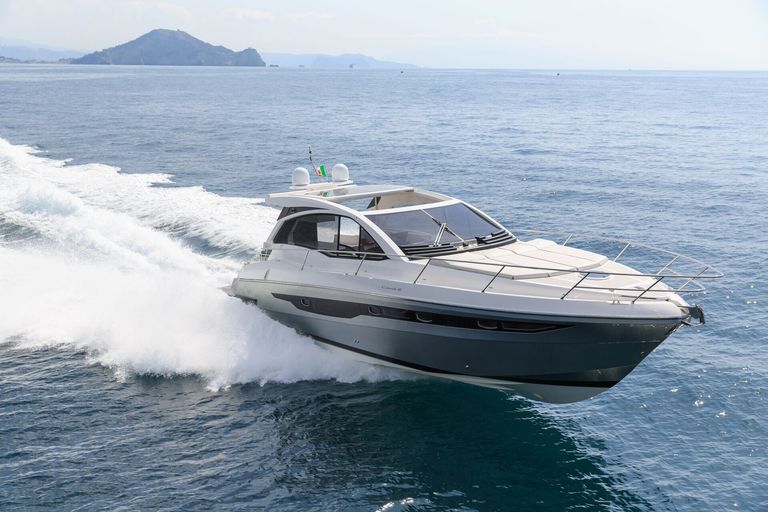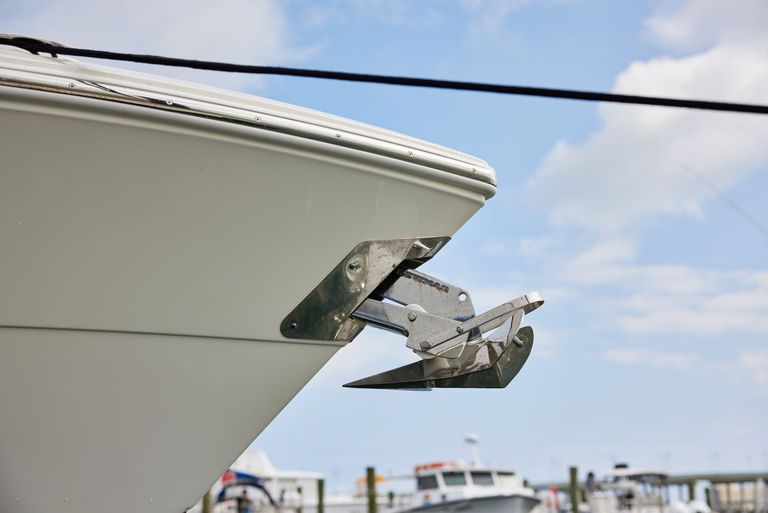6 Types of Knots Boaters Should Know
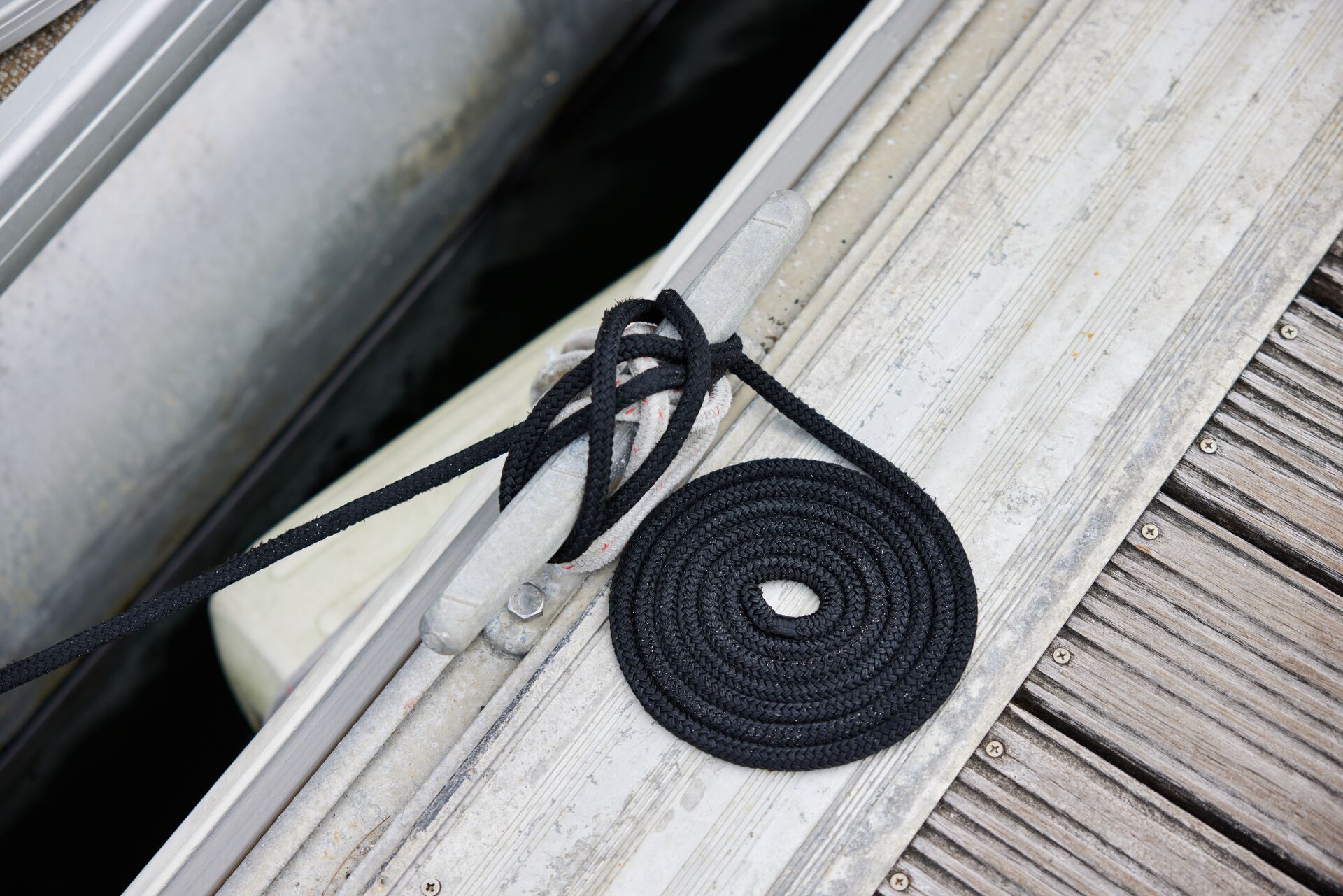
As a boater, one of the things you need to know how to do is tie the right types of knots. These boating knots, also called nautical knots, can increase your boat's and passengers' safety.
Like fire extinguishers, life jackets, boat insurance, and other critical protective options, boating knots reduce injury risk.
The proper knots can keep you safely anchored, stop a person from falling overboard, secure a line if you must rescue someone from the water, and help you tie up to a dock to load and unload people or cargo.
Knowing which knot to tie in a specific scenario is essential. So, as a boater, here are six of the most common and valuable knots you should know.
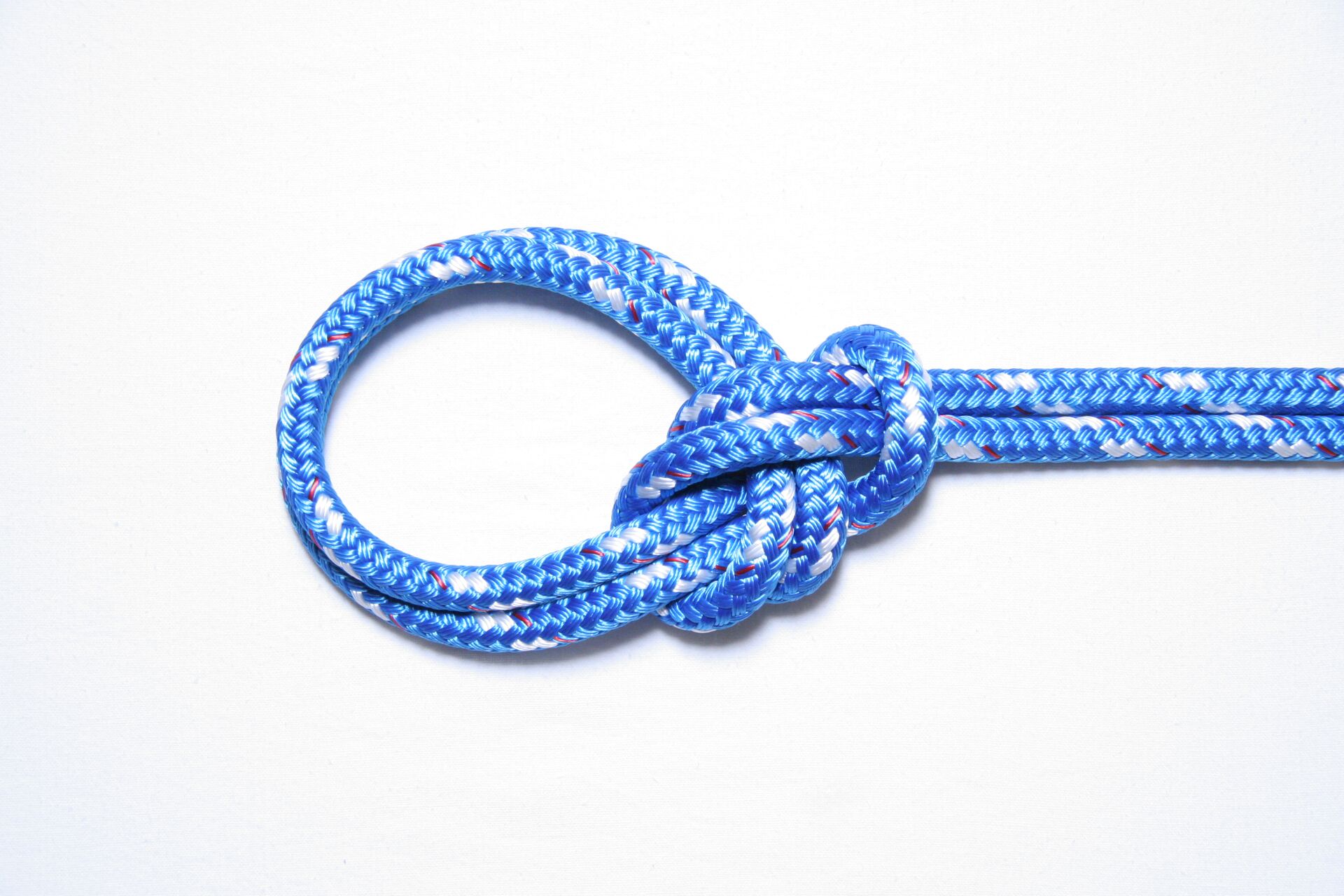
1. Bowline Knot
The purpose of a bowline knot is to create a secure loop at the end of a rope. This knot is primarily used to tie your boat to a dock ring or post or to secure items onboard your vessels. It's known as the "king of knots" because it's versatile and has many uses.
Additionally, it's easy to untie even if it's under a load, and it won't slip or jam. That means you don't have to worry about not being able to get the knot untied again when under strain, but you can also feel confident that it's not going anywhere once you tie it.
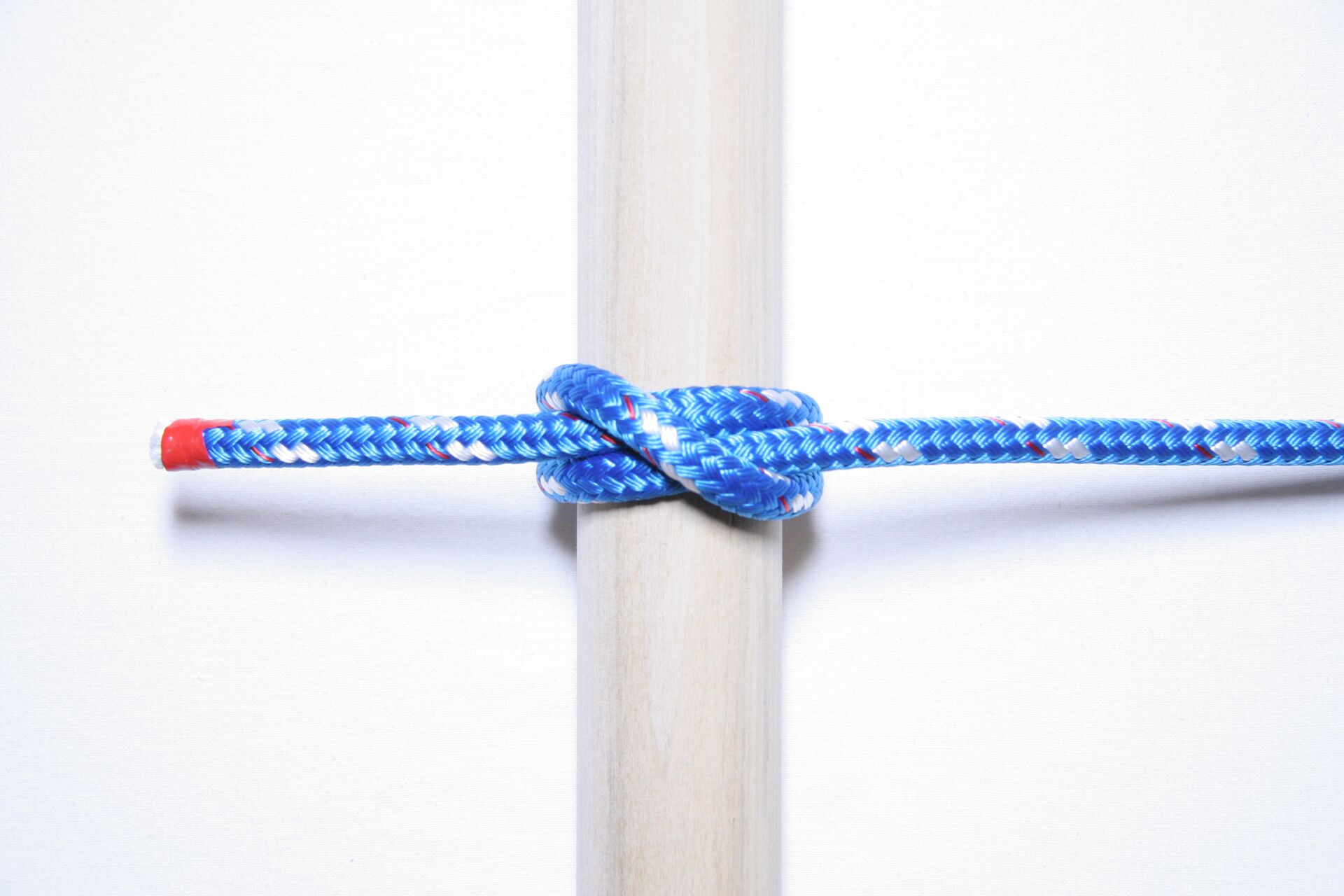
2. Clove Hitch
The clove hitch secures a rope to a post or pole, but it's meant to be a temporary solution when you need something quick and convenient. It's great for things like attaching fenders to rails or quick docking because you can tie and untie it fast.
Remember: While this knot is handy for adjustable or temporary fastening, it's not the most secure option for long-term use. It can slip under a heavy load. So, if you need a knot, you'll want to choose something less likely to move with too much strain.
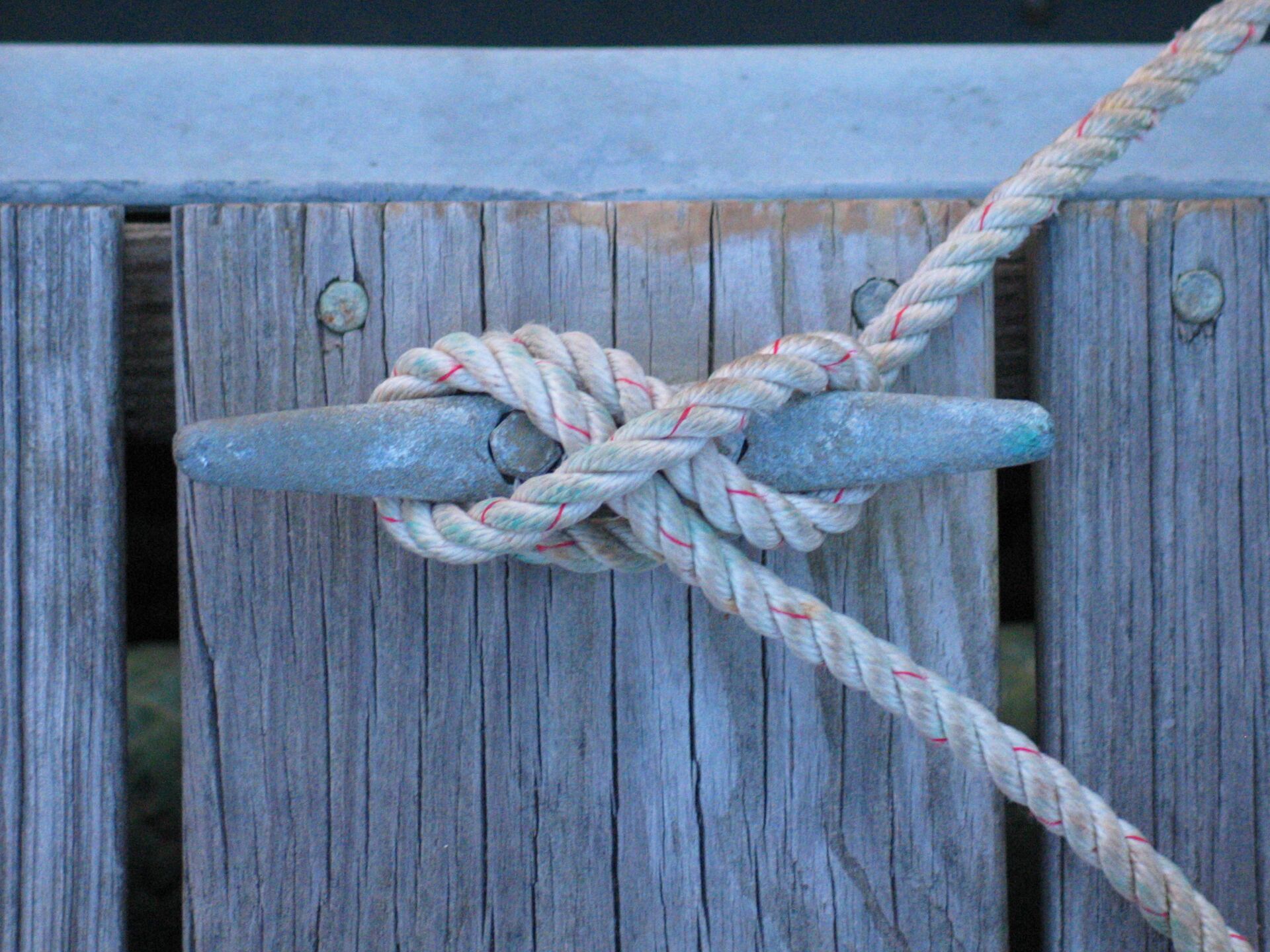
3. Cleat Hitch
As the name suggests, a cleat hitch secures a rope to a cleat. That's extremely useful for both docking and anchoring and can help you feel confident that your docked boat isn't going to come loose after you've secured it. That peace of mind is essential, whether on the ship or leaving it unattended for a little while.
This particular knot is essential for mooring, and it's simple and reliable once you've mastered how to tie it. However, becoming proficient with this knot can take some practice, as it's more complicated than other types of knots boaters typically use — but it's well worth learning so you can feel confident that your boat will stay docked securely.
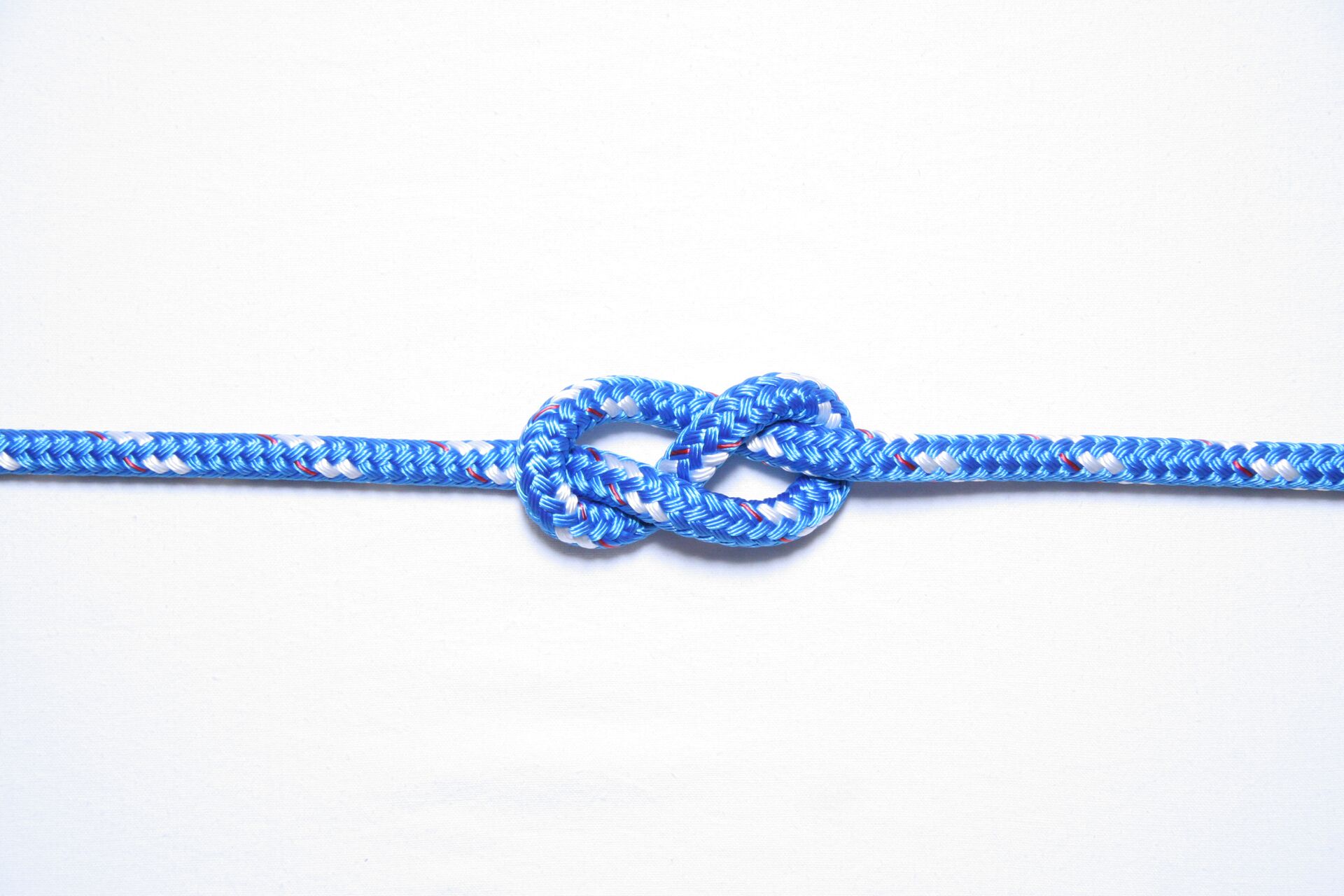
4. Figure Eight Knot
When you tie a figure eight knot, your goal is to create a stopper knot at the end of a rope. This is used to prevent ropes from slipping out of pulleys or cleats. Having a rope slip away from where it belongs, especially while under tension, could be disastrous, so it's important to reduce that risk by using the right knot.
The figure eight knot is easy to tie and inspect, so you can learn it quickly and check it anytime you want to verify that it's holding up and doing its job. This knot will stop the ends of a rope from fraying, and it's beneficial to prevent accidental unthreading.
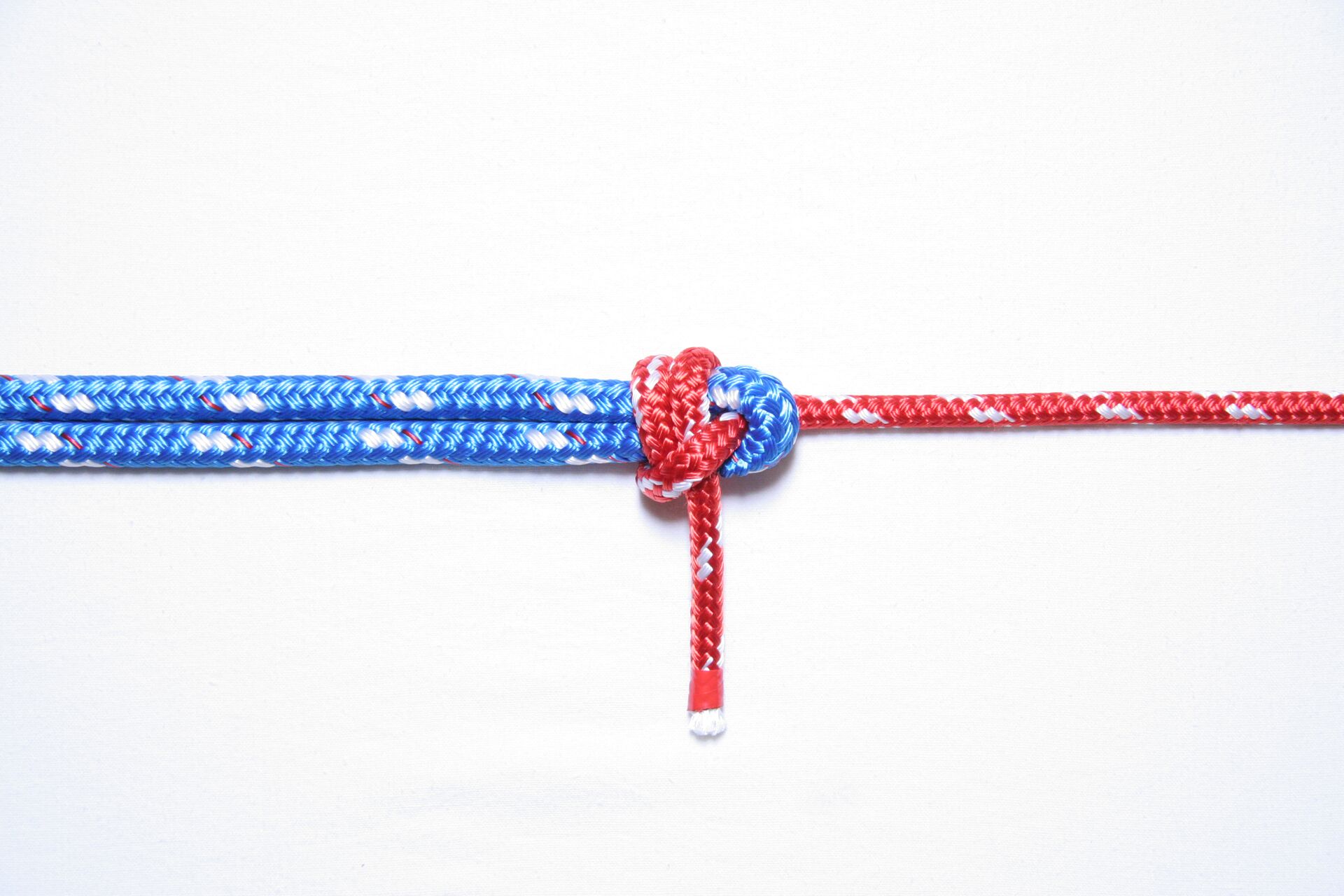
5. Sheet Bend
The sheet bend knot is used when joining two ropes with different thicknesses. This can come in handy for attaching sails or extending lines, as there are times when you need to join ropes together to get the length you're looking for.
This knot is secure and versatile and works well with various rope diameters. It's also simple to tie and untie, so you don't have to worry about getting your ropes stuck together when you need to remove them, even if they've been tied tightly or are under tension.
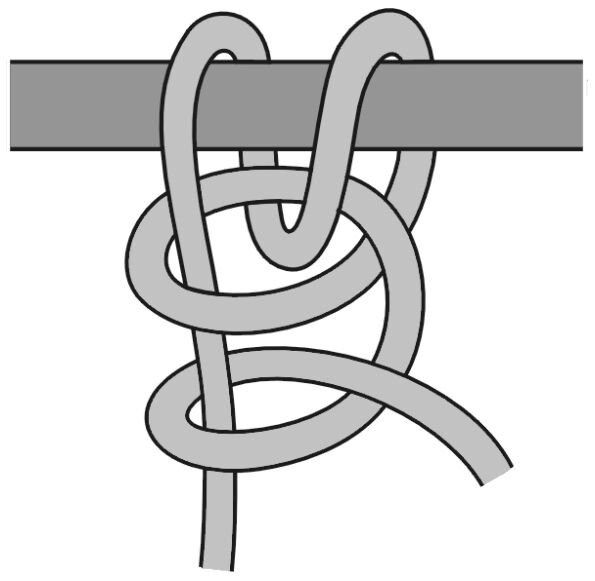
6. Anchor Bend (Fisherman's Bend)
The purpose of this knot is to secure a rope to a ring or anchor. If you're anchoring your boat or tying off to a buoy, you can use this knot as a simple way to get that done without a lot of stress or hassle. The knot is solid and reliable even under heavy loads, so you can tie off confidently even if you have a larger boat.
Many people also use an anchor bend knot in fishing and climbing because it serves its purpose and provides peace of mind. Since it's resistant to loosening and slipping, you won't have to worry that it will come undone or allow your boat to move away from the anchor spot you've chosen or the buoy you've attached it to.
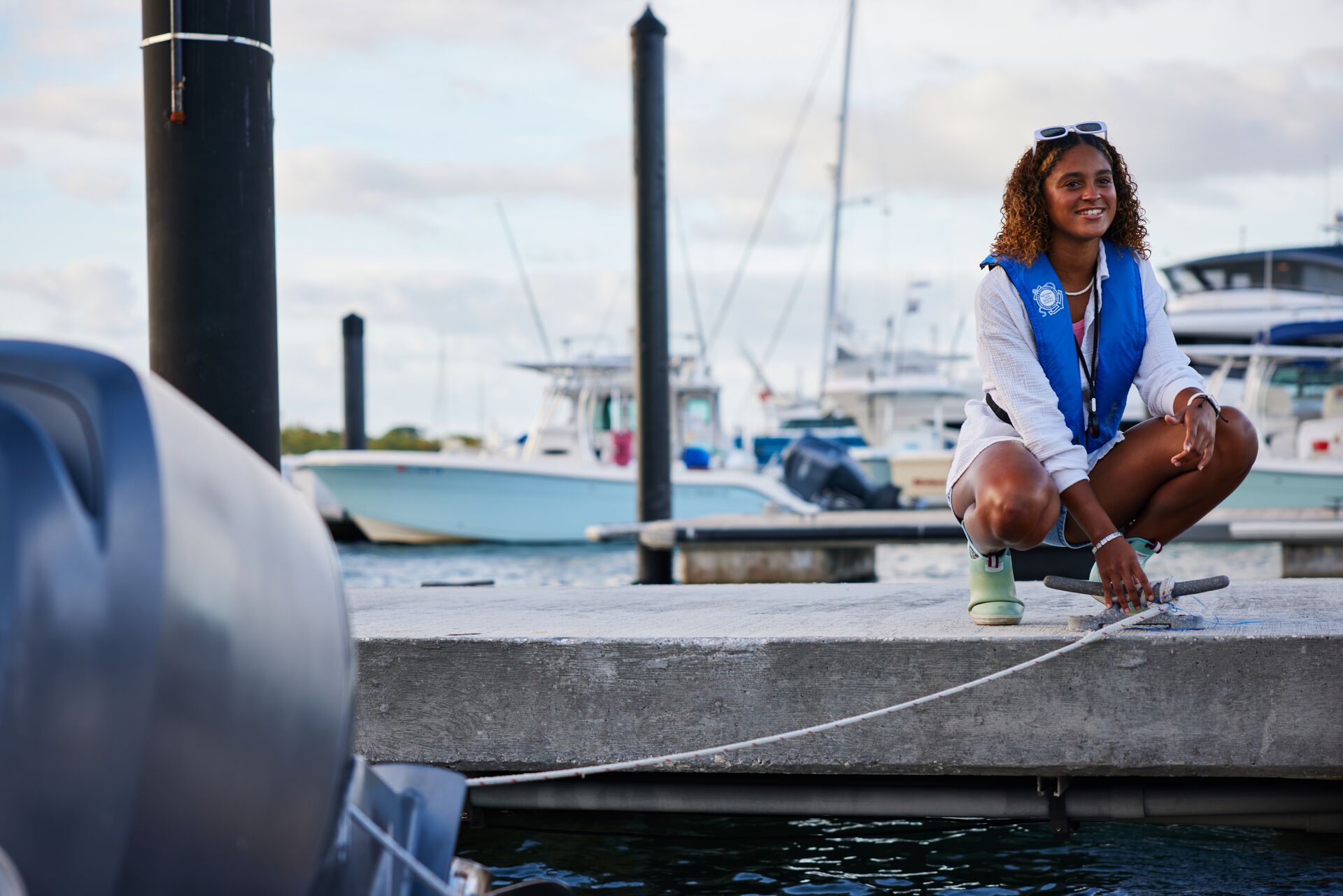
Practice These Types of Knots and Learn About Boat Safety
Along with learning how to tie some of the most common and valuable boating knots, boaters need to understand how to stay safe on the water.
One of the best ways to learn the safety knowledge you need is to take a boating safety course with BOATERexam. Our online courses for Canadians and U.S. boaters can help you stay safe on the water, have more confidence when using your boat, and enjoy the experience more fully.
Plus, in Canada and most States, boaters must pass a safety course and carry a boater education card. Let BOATERexam be your guide to boat safety and boating legally!
In Canada, choose our course that meets Transport Canada's requirements for boater education. In the U.S., select the course for your state. These courses also meet state requirements for boater education.
Then, pass the exam, get your card, and hit the water safely!

